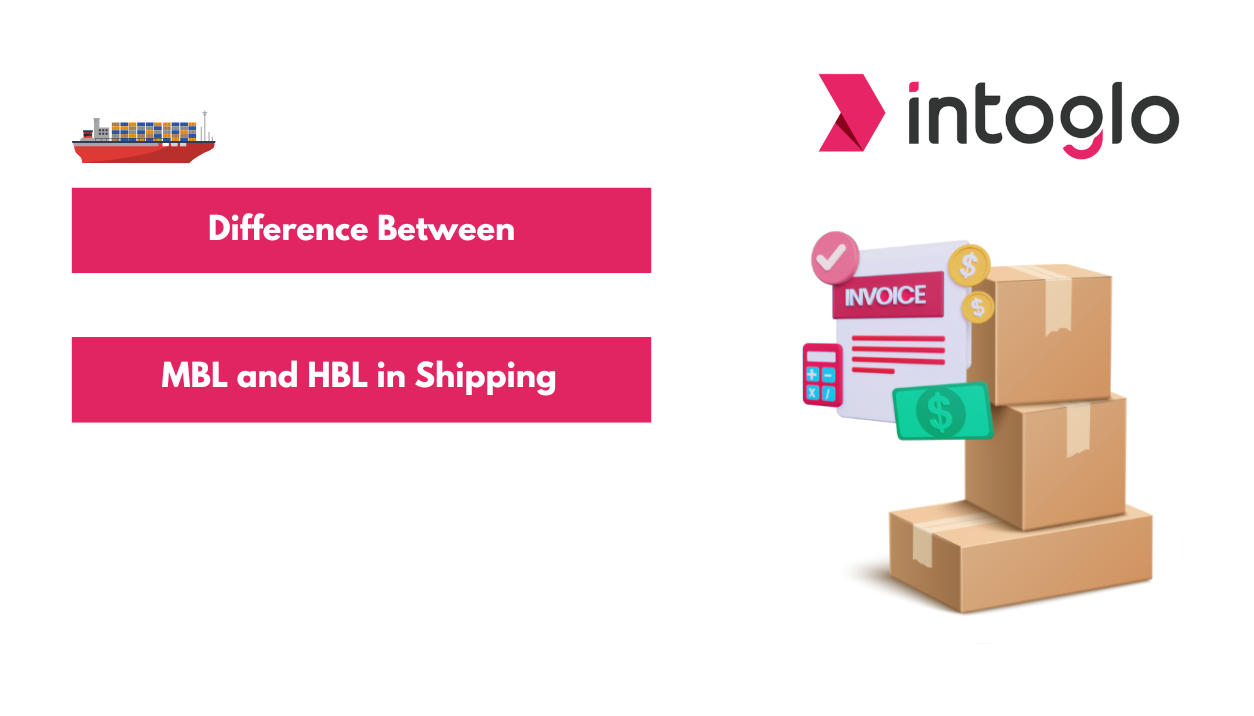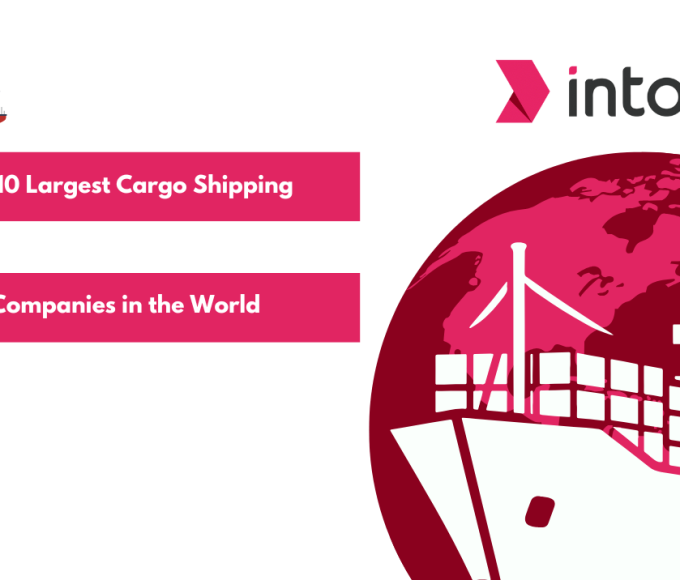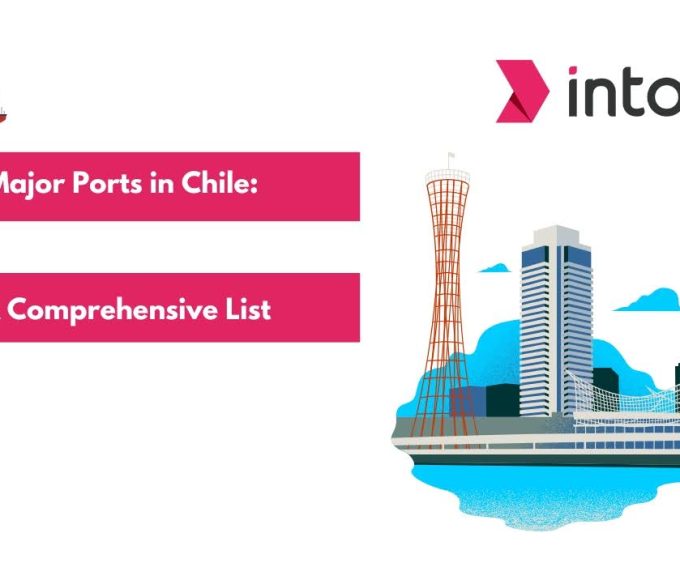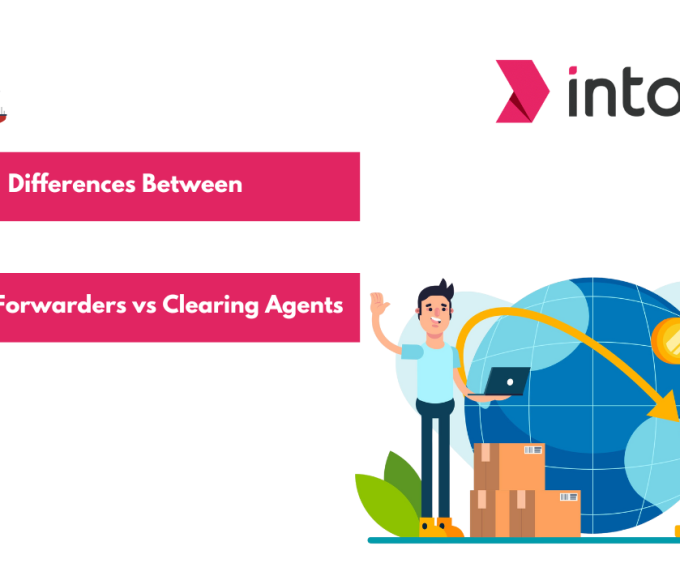In international shipping, understanding the differences between an MBL and an HBL is essential for anyone involved in the logistics chain. MBL full form in shipping stands for Master Bill of Lading, while HBL stands for House Bill of Lading. These documents are crucial for ensuring the smooth transit of goods across international borders, serving as an essential component of the global trade framework. The Bill of Lading functions as a contract, receipt, and title document, making it a fundamental element in the shipping industry. On the other hand, the main carrier issues MBL to the freight forwarder, while the freight forwarder issues HBL to the shipper. Each serves a distinct purpose and is uniquely significant in the logistics chain. Grasping the differences between MBL and HBL helps you manage shipments more effectively, ensuring compliance with international trade regulations and protecting your interests throughout the shipping process.
This article will delve into these differences, highlighting their roles and importance in the global shipping industry.
What is a Master Bill of Lading (MBL)?
A Master Bill of Lading (MBL) is a global shipping document issued by the main carrier to the freight forwarder. It is a transport contract between the shipper and the carrier, specifying the conditions and terms for moving the goods. Additionally, the MBL acts as a receipt for the cargo and a title document, granting the holder the right to claim ownership of the goods when they reach their destination.
Responsibilities and Roles of Carrier (shipping line)
The main carrier issues the MBL, assuming responsibility for the safe transport of the cargo. The carrier ensures that the goods are loaded, transported, and delivered according to the agreed terms. They also handle the documentation, including providing accurate details about the shipment and ensuring that it aligns with international trade regulations.
Components of MBL
An MBL includes several key components:
- Shipper and Consignee Information: Names and addresses of the parties involved.
- Description of Goods: Detailed information about the cargo, including weight, volume, and packaging.
- Ports of Loading and Discharge: Where the cargo is loaded and unloaded.
- Freight Details: Information about freight charges, payment terms, and currency.
- Carrier’s Signature: The carrier’s official stamp and signature confirm the details.
How to Fill Out a Master Bill of Lading?
Filling out an MBL requires careful attention to detail. Start by providing accurate information about the shipper and consignee and notify the party. Ensure the cargo description matches the commercial invoice and packing list details. Accurately list the ports of loading and discharge and include any special instructions for handling the cargo. Finally, all the information must be reviewed and confirmed with the carrier’s signature.
Also Read: Largest Shipping Ports in the World and India
What is a House Bill of Lading (HBL)?
A House Bill of Lading (HBL) is issued by a freight forwarder to the shipper and serves as a contract between them. It outlines the terms under which the freight forwarder agrees to arrange the transport of goods. Like the MBL, the HBL functions as a receipt for the cargo and a document of title, but it explicitly represents the agreement between the shipper and the forwarder.
Responsibilities and Roles of Freight Forwarder
The freight forwarder issues the HBL and takes responsibility for organizing the shipment, including booking space with the carrier, consolidating goods if necessary, and handling the documentation. The forwarder ensures that all relevant details are accurate and compliant with trade regulations and that the shipment proceeds according to the terms agreed upon with the shipper.
Intoglo, as a cross-border FCL shipping forwarder, offers the following services in line with customs & handling the documentation:
- Customs clearance in India and USA through expert customs brokers
- Custom bond services
- Pre-screening capibilities
- Customs entry before shipment arrival
Components of HBL
An HBL contains the following components:
- Shipper and Consignee Information: Similar to the MBL, with details of the parties involved.
- Description of Goods: Precise information on the shipment, including dimensions and handling instructions.
- Ports of Loading and Discharge: Determines the location where the cargo will be loaded and where it will arrive.
- Freight Details: Information on charges, payment methods, and any additional fees.
- Forwarder’s Signature: The official signature of the freight forwarder, validating the document.
How to Fill Out a House Bill of Lading
To fill out an HBL:
- Begin with accurate shipper and consignee information.
- Describe the goods thoroughly, ensuring consistency with other shipping documents.
- Specify the loading and discharge ports and include any special instructions for the freight forwarder.
- Review the form carefully and confirm all details with the forwarder’s signature.
Key Differences Between MBL and HBL
Here’s a table summarizing the key differences between a Master Bill of Lading (MBL) and a House Bill of Lading (HBL):
| Aspect | Master Bill of Lading (MBL) | House Bill of Lading (HBL) |
| Issuer | Issued by the main carrier | Issued by the freight forwarder |
| Purpose | Represents the contract between the shipper and the main carrier | Represents the contract between the shipper and the freight forwarder |
| Parties Involved | Main carrier and consignee | Shipper, freight forwarder, and consignee |
| Function | Acts as a receipt for the cargo, contract of carriage, and document of title | Acts as a receipt for the cargo, document of title, and agreement between the shipper and the forwarder |
| Cargo Details | Covers the entire shipment under the main carrier | Covers the specific consignment handled by the freight forwarder |
| Document Type | Single MBL is issued for the whole shipment | Multiple HBLs can be issued for different parts of the shipment |
| Information Included | Details the terms of transport, freight charges, and destination ports | Provides detailed information about the shipment, often including consolidated cargo details |
| Usage | Used to claim cargo from the main carrier at the destination port | Used to claim cargo from the freight forwarder, typically at an intermediary point or final destination |
This table highlights the fundamental distinctions between MBL and HBL, focusing on their roles, responsibilities, and usage in the shipping process.
Also Read: Letter of Credit vs Bank Guarantee
Importance of MBL and HBL in Documentation
Master Bill of Lading (MBL) and House Bill of Lading (HBL) are vital documents in international shipping. They play crucial roles in managing and documenting the movement of goods. They ensure smooth operation, compliance, and efficient handling of shipments throughout the logistics chain. Understanding their importance helps streamline processes and address potential issues in cargo transport.
Control and Transfer of Ownership
- Master Bill of Lading (MBL): The MBL acts as a primary title document for the shipment. It signifies ownership and control of the goods during transit. The consignee must present the MBL at the destination to claim the cargo. The transfer of the MBL to a new owner or consignee transfers the ownership of the goods, making it crucial for legal and commercial transactions.
- House Bill of Lading (HBL): The HBL serves as a document of title between the shipper and the freight forwarder. It allows the forwarder to manage the shipment on behalf of the shipper and ensures that the consignee can claim the cargo based on the HBL. The HBL facilitates the transfer of rights and responsibilities within the logistics chain.
Optimization of the Shipment Process
- MBL: By consolidating all relevant shipping details into a single document, the MBL streamlines the communication between the main carrier and freight forwarder. This consolidation simplifies the logistics process, reduces paperwork, and enhances efficiency in managing large-scale shipments.
- HBL: The HBL allows freight forwarders to handle multiple consignments under one master shipment. It optimizes the shipment process by enabling the forwarder to coordinate and manage various cargoes more effectively, leading to cost savings and better resource management.
Impact on Error-Free Processing and Cargo Release
- MBL: Accurate information on the MBL is crucial for smooth cargo release. Discrepancies in the MBL can lead to delays or disputes at the destination port. Correctly filled MBLs help ensure that cargo is processed and released without unnecessary complications.
- HBL: The HBL minimizes errors by providing detailed shipment information and handling instructions. It helps freight forwarders track and manage cargo accurately, reducing the likelihood of mistakes and ensuring the cargo reaches the right consignee.
Compliance with Legal and Regulatory Requirements
- MBL: The MBL is a key document in ensuring international trade laws and regulations compliance. It provides proof of the carrier’s obligation to transport the goods and helps in addressing legal disputes that may arise during transit.
- HBL: The HBL ensures the freight forwarder adheres to local and international shipping regulations. It records the forwarder’s responsibilities and agreements with the shipper, supporting regulatory compliance and preventing legal issues.
Facilitation of Claims and Dispute Resolution
- MBL: In cases of damage or loss, the MBL serves as evidence for filing claims with the carrier. It outlines the terms of carriage and can be used to resolve disputes between the carrier and shipper or consignee regarding the shipment.
- HBL: The HBL supports claims and dispute resolution between the shipper and freight forwarder. It provides a documented agreement on cargo handling, which can be referenced in case of issues with the shipment or service the forwarder provides.
Conclusion
Understanding the differences between the House Bill of Lading (HBL) and Master Bill of Lading (MBL)is important for anyone involved in international shipping. Each document plays a distinct role in the logistics process, impacting everything from the transfer of ownership to the optimization of shipment procedures. Accurate documentation is not just about compliance; it is essential for ensuring smooth operations, avoiding delays, and managing potential disputes.
Inaccurate or incomplete documentation can lead to significant issues, including cargo release delays and customs clearance complications. Therefore, attention to detail when handling MBLs and HBLs is vital for maintaining the efficiency of the shipping process.
For seamless documentation and shipping management, consider partnering with Intoglo.
As a door-to-door FCL shipping partner from India to the USA, we not only assist with handling documentation and customs but also maintain connections with premium shipping lines such as Maersk, Hapag-Lloyd, MSC, CMA CGM, ZIM, and Evergreen. Our expert customs brokers and trucking partners help us in executing door to door shipment throughout the USA. We also offer 10 free days in the USA to help streamline your shipping experience.
Visit Intoglo’s website today to explore how we can enhance your logistics and documentation processes. You can also get free instant FCL shipping quotes.









Leave a comment